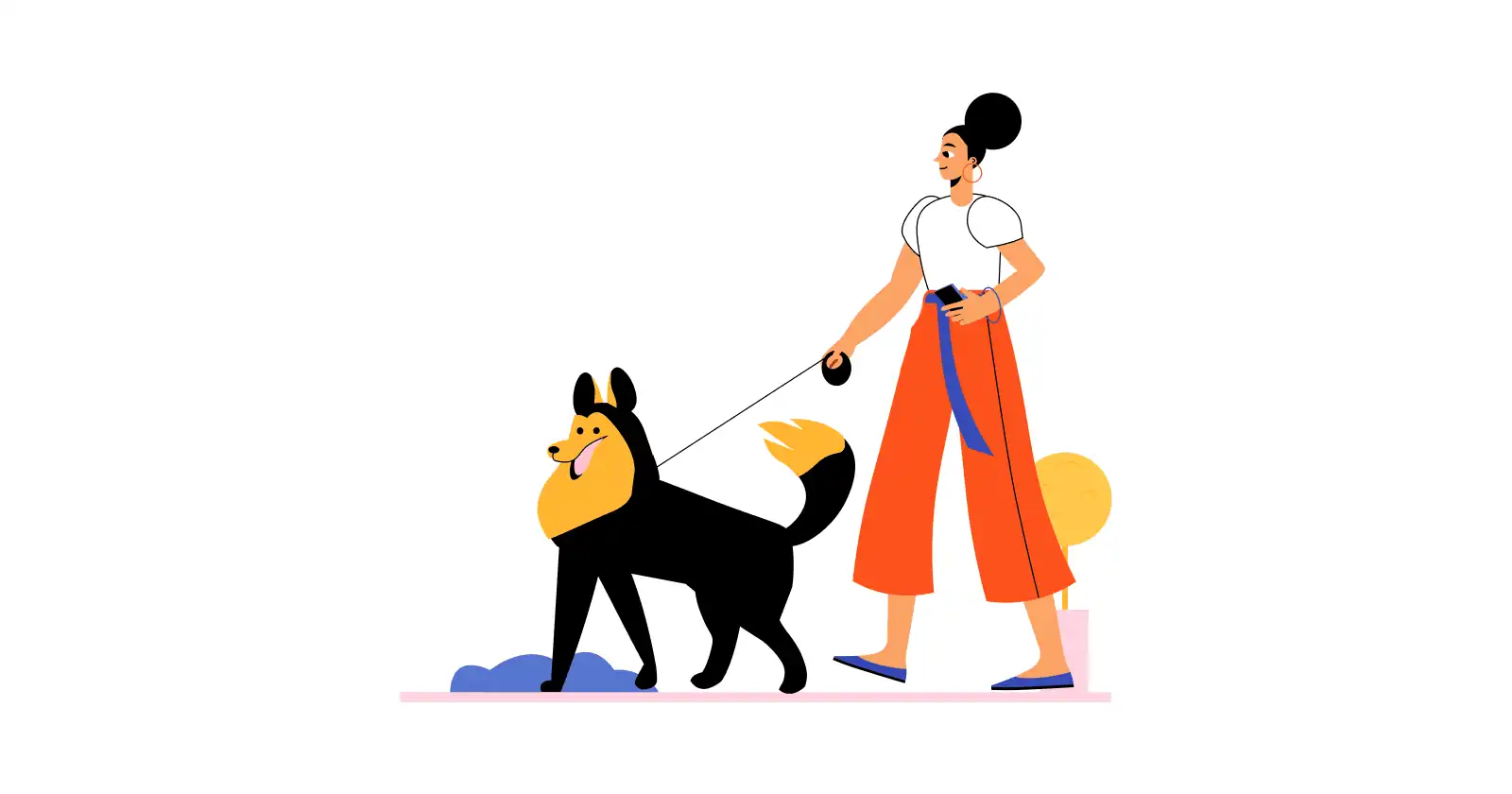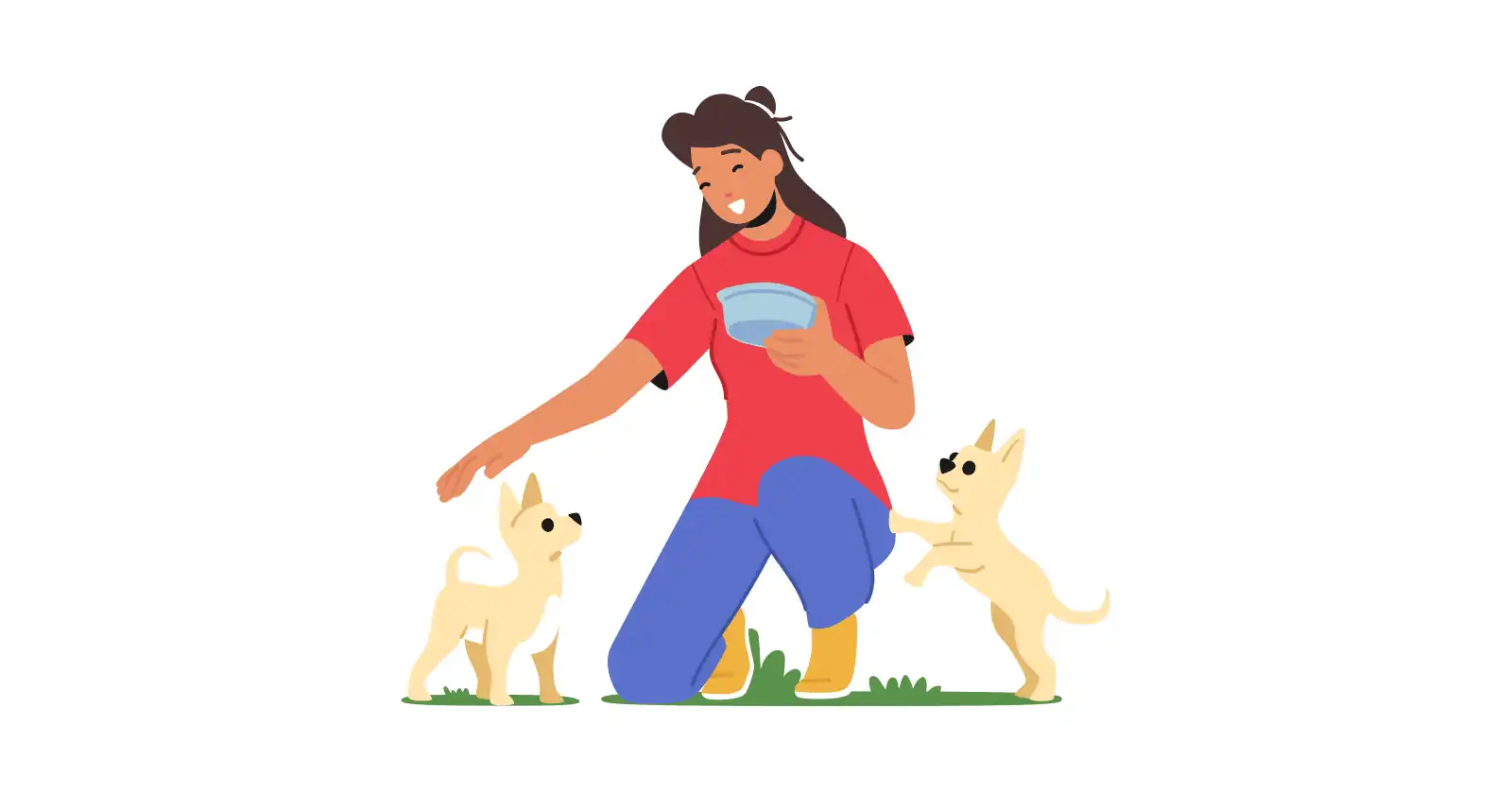Unmasking Canine Parvovirus - A Comprehensive Guide
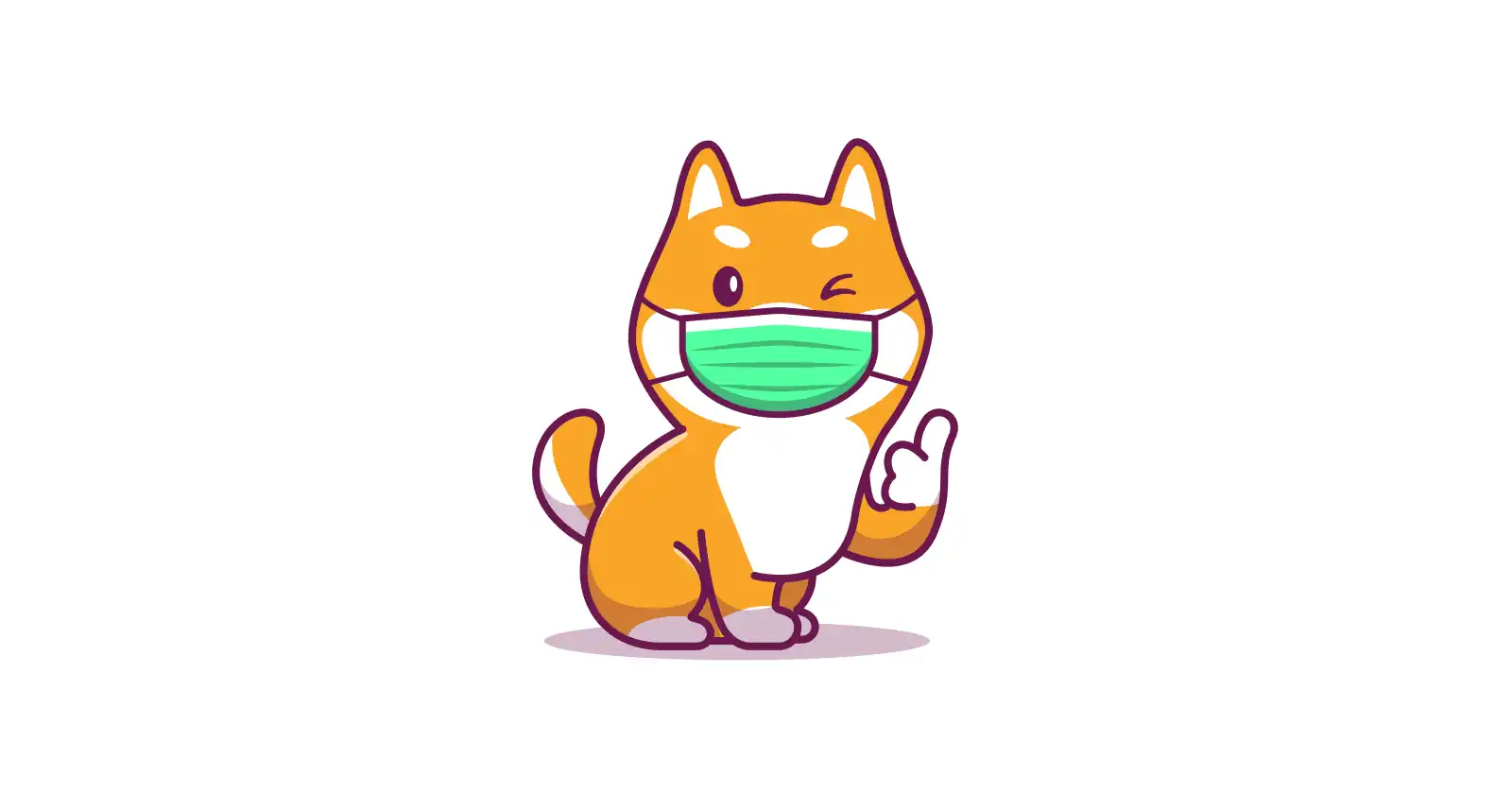
Table of Contents
In the realm of pet health, knowledge is power, especially when it comes to the hazardous Canine Parvovirus. As dedicated pet parents, it is crucial to equip ourselves with the necessary understanding to protect our beloved furry companions. This comprehensive guide is designed to cater to concerned pet parents like you, providing valuable insights into the enigmatic world of Canine Parvovirus. From unraveling its origins to exploring the intricacies of transmission, symptoms, prevention, and treatment, we will delve deep into understanding this formidable virus. So, take a moment, and embark on this journey to shield your cherished pets from the clutches of the Canine Parvovirus.
What is Canine Parvovirus?
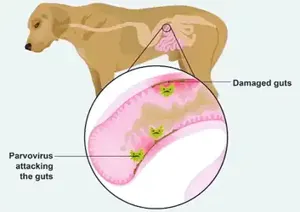
Canine Parvovirus, commonly known as "Parvo" within the veterinary community, is a stealthy and highly contagious viral disease that primarily targets the dividing cells of our beloved canine companions. This viral villain zeroes in on the gastrointestinal tract of our pets. Consequently, it damages the delicate balance of our dogs' digestive systems.
The consequences can be severe, with potentially devastating outcomes if not detected and treated promptly. With its ability to withstand harsh environmental conditions, Parvovirus remains a significant concern for any of us, necessitating awareness and preventive measures.
Transmission of Parvovirus

-
Direct Contact: The virus can be easily transmitted when healthy dogs come into contact with infected dogs. This can happen through sniffing, licking, or playing with infected dogs.
-
Fecal-Oral Route: Dogs can become infected by ingesting the virus when they come into contact with contaminated feces. This can occur when they sniff or lick contaminated surfaces or when they eat or drink from contaminated food bowls or water sources.
-
Indirect Transmission: Parvovirus can survive in the environment for an extended period, making it important to be cautious about contaminated objects. The virus can cling to items like toys, bedding, grooming tools, or even the surfaces of your home or yard. If a healthy dog comes into contact with these contaminated objects, they can become infected.
Symptoms of Parvovirus
Recognizing the symptoms of Parvovirus is essential for early detection and timely intervention. Keep a close eye on your dog for the following signs, which may appear within three days to a week after exposure:
-
Severe vomiting
-
Profuse diarrhea, often bloody
-
Loss of appetite
-
Lethargy and weakness
-
Hypothermia due to dehydration and infection
-
Abdominal pain or discomfort
-
Fever
If you notice any of these symptoms, get in touch with your vet immediately!
Prevention
Prevention is key when it comes to protecting your dog from Parvovirus. Take the following steps to minimize the risk of infection:
-
Vaccination: Ensure that your dog is up to date on their vaccinations, as this is the best defense against Parvovirus. Keep in mind that puppies should be dewormed at 2 weeks of age and should receive a series of vaccinations starting at around 6 to 8 weeks to minimize the risk of infection as much as possible.
-
Isolation: If you suspect that your dog has Parvovirus or has been exposed to an infected dog, it is crucial to isolate them from other dogs to prevent the spread of the virus.
-
Hygiene: Practice good hygiene by regularly washing your hands with soap and water after handling dogs, especially if you have been in contact with feces or potentially contaminated objects.
-
Disinfection: Clean and disinfect any surfaces or objects that may have come into contact with infected dogs or their feces. Use a bleach solution (1 part bleach:30 parts water) or a disinfectant specifically designed to kill Parvovirus.
-
Avoid Public Areas: Limit your dog's exposure to public areas, such as dog parks or boarding facilities, where the risk of Parvovirus transmission may be higher. If you are dropping your doggo at any such facilities, ensure their deworming and vaccination status is up-to-date.
Treatment and Care for Dogs with Parvovirus
If your dog is diagnosed with Parvovirus, don't panic. Prompt veterinary care is crucial for their recovery. Treatment typically involves:
-
Hospitalization: Dogs with Parvovirus often require intensive care, including intravenous fluids to combat dehydration and medication to control vomiting and diarrhea. So, make sure to contact your vet immediately if you spot any of the virus’ symptoms.
-
Isolation: Infected dogs should be isolated to prevent the spread of the virus to other dogs and items.
-
Supportive care: Your veterinarian may administer antibiotics to prevent secondary infections and provide medications to alleviate symptoms and support the immune system.
Remember to follow your veterinarian's instructions and complete the full treatment course. With proper care and your love, your dog has a good chance of fully recovering from Parvovirus.
Caring for a Dog with Parvovirus at Home
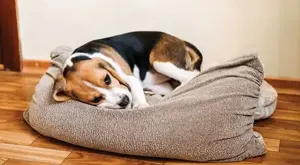
Once your dog returns home from the veterinary hospital, it's important to create a comfortable and stress-free environment to aid their recovery.
-
Follow medication instructions: Administer all prescribed medications as directed by your veterinarian.
-
Provide proper nutrition: Offer small, frequent meals of a bland, easily digestible diet recommended by your veterinarian or get in touch with a pet nutritionist to specifically formulate an easily digestible and healthy diet.
-
Monitor for complications: Keep a close eye on your dog's symptoms and report any changes to your veterinarian immediately.
-
Quarantine: Keep your infected dog away from other dogs to prevent the spread of the virus. As a dedicated pet parent, it is also your responsibility to shower before and after you clean your pet’s bedding so that once they make a full recovery, there are little to no chances of a relapse due to unexpected contamination.
-
Hydration: Ensure your dog has access to clean, fresh water at all times to prevent dehydration.
Conclusion
Battling Canine Parvovirus requires knowledge, vigilance, and swift action. By familiarizing yourself with the signs, taking preventive measures, and seeking prompt veterinary care, you can give your furry friend the best chance at overcoming this formidable virus. Remember, as a pet parent, you play a crucial role in protecting your dog's health and well-being. Stay informed, stay proactive, and keep your canine companion safe from the clutches of Parvovirus!

